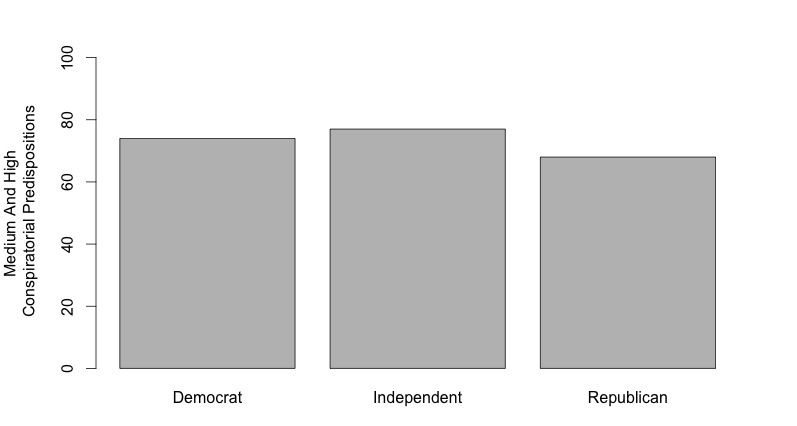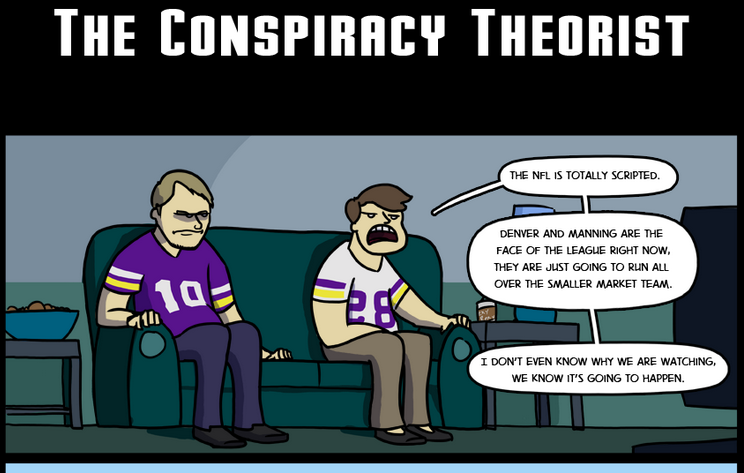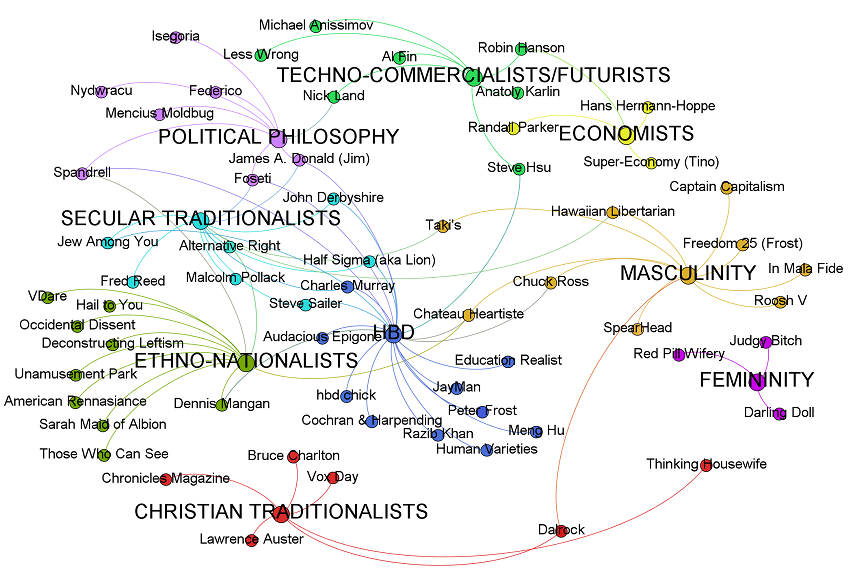Tom Kratman on the overtly paranoid reactions to the upcoming Jade Helm exercise:
In about two months, exercise Jade Helm 15 is scheduled to kick off. This is a two-month long special operations exercise, spread out across the southwest of the country, from Texas to California. It has the Tin Foil Hat Brigade, Right Wing Regiment1, demonstrating all the calm and relaxed demeanor (I am, of course, kidding), as well as the typical paranoid delusions (not kidding at all), for which it and its members are justifiably famous.2
Never having actually enlisted with the Tin Foil Hat Brigade, my initial reaction to exercise Jade Helm 15 was a resounding, “ho hum,” and my reaction to the TFHB reaction was, “As Christ probably would have said if He’d thought about it, ‘The loons ye shall have with ye always.’”
To be fair to the TFHB, though, whenever the New York Times3 and Washington Post4 agree that something like this is clearly harmless, it’s possibly time to inventory our stocks of ammunition and break out the banana oil to make sure our protective masks are in good working order. In other words, their enthusiastic and unquestioned agreement constitutes a rebuttable presumption that FEMA is about to open concentration camps.
However, rebuttable presumptions are there to be rebutted. This week and next I’m going to limit my rebuttal to the notion that the exercise is inherently suspicious because it is so militarily useless and unnecessary as to be indefensible. To do that we need to get into a little history, a bit of doctrine, and a touch of dogma.
[…]
1 Which in general demeanor much resembles the TFHB, Left Wing Regiment.
2 Just Google it; there are too many examples for me to illustrate without appearing to be playing favorites.
3 http://www.nytimes.com/2015/05/07/us/conspiracy-theories-over-jade-helm-get-some-traction-in-texas.html?_r=0
4 http://www.washingtonpost.com/news/morning-mix/wp/2015/04/29/jade-helm-15-a-military-simulation-draws-scrutiny-and-wild-speculation-in-texas/



 As a libertarian, I’m always slow to tell people what they should do. But if you care about politics and the ultimately far more powerful cultural direction of these United States, the new book by Daniel Schulman, Sons of Wichita: How the Koch Brothers Became America’s Most Powerful and Private Dynasty is mandatory reading.
As a libertarian, I’m always slow to tell people what they should do. But if you care about politics and the ultimately far more powerful cultural direction of these United States, the new book by Daniel Schulman, Sons of Wichita: How the Koch Brothers Became America’s Most Powerful and Private Dynasty is mandatory reading.
![[Click to see full-size flowchart]](https://quotulatiousness.ca/blog/wp-content/uploads/2013/11/Crispians-Conspiracy-Flowchart-616x1024.png)


